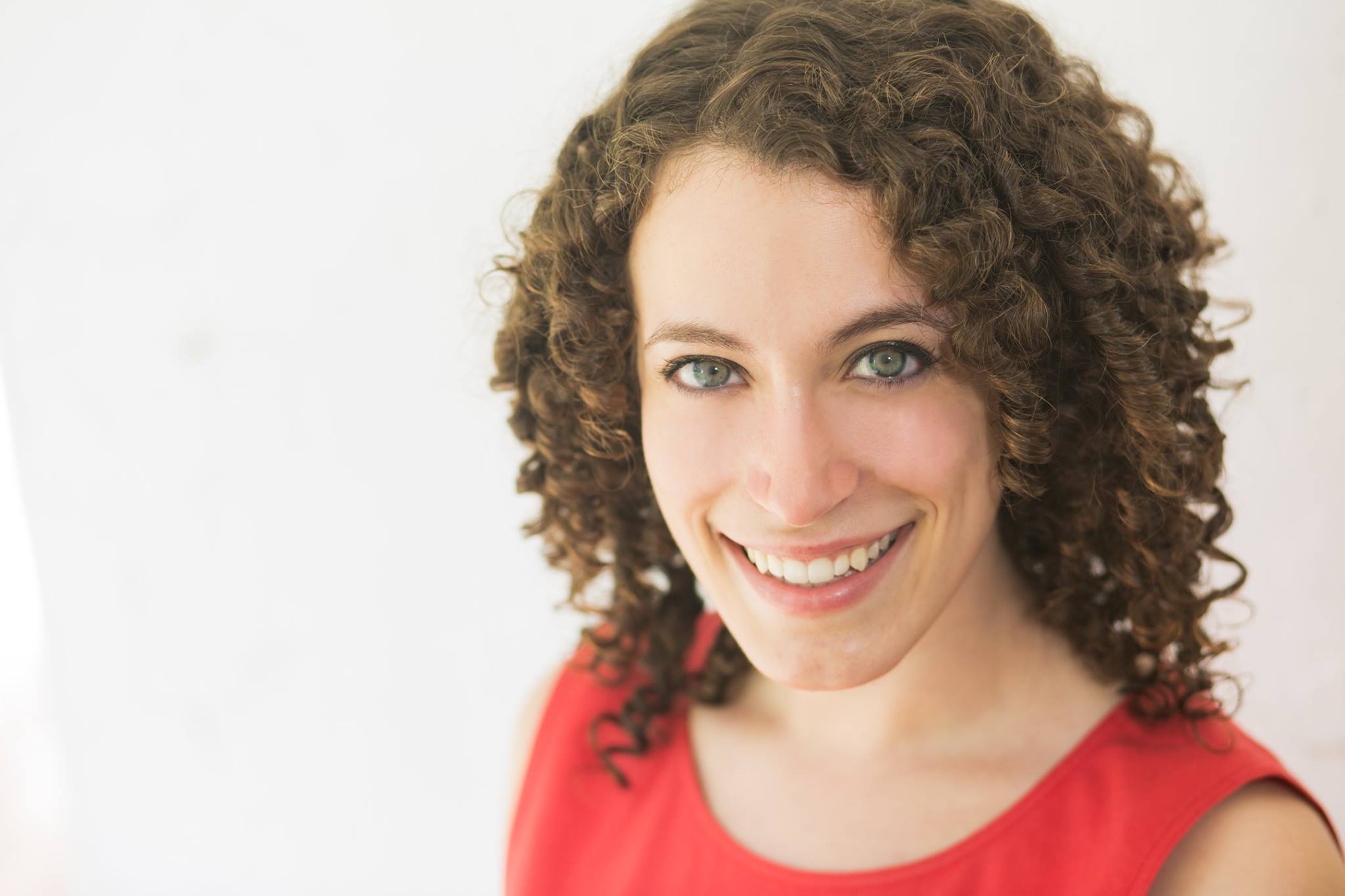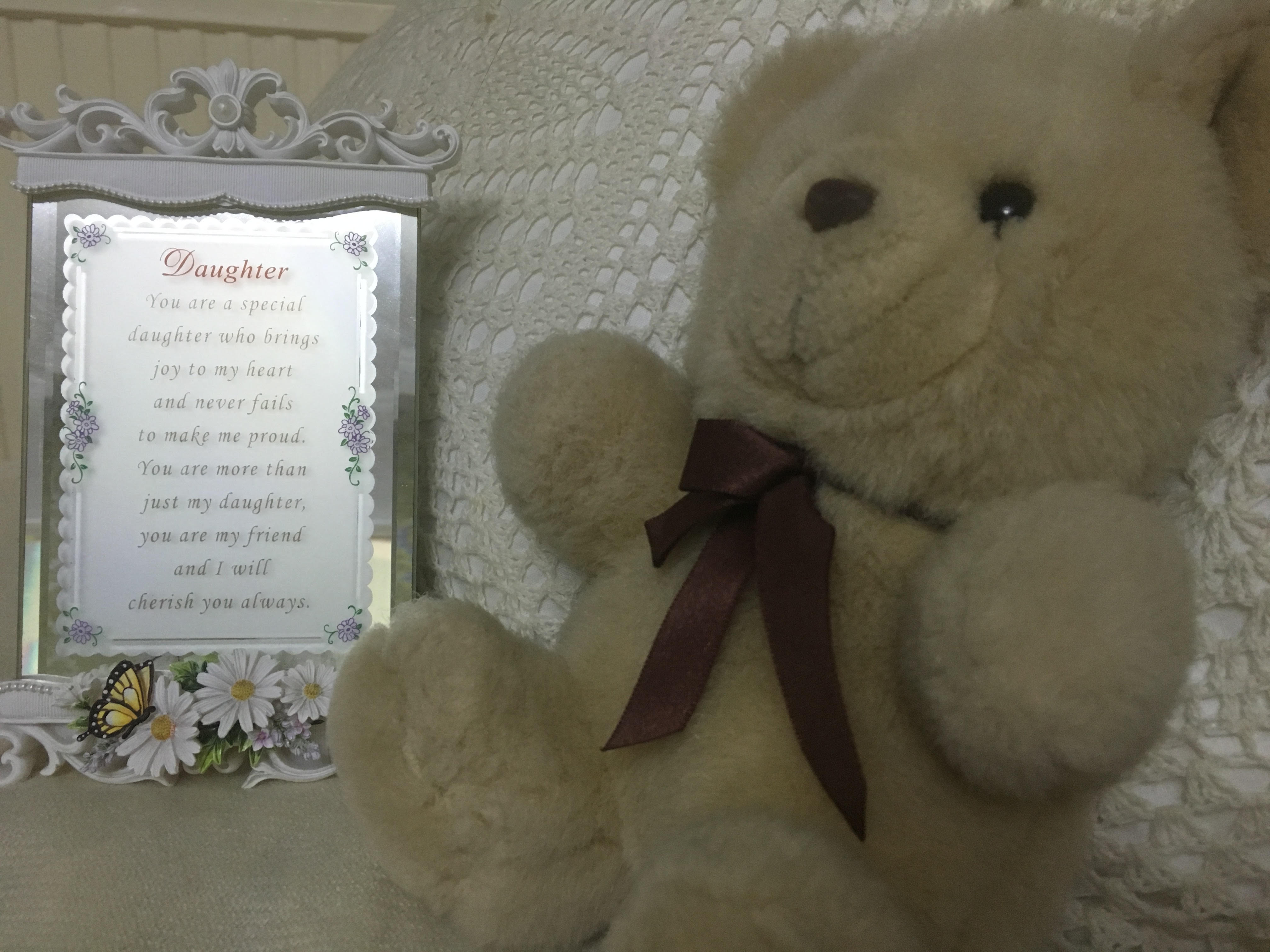(Trigger Warning: Below is the account of one woman’s experience with FGC. We thank her for being brave and sharing her story with us.)
Age: 25
Country of residence: India
I was born in July, 1990. A rainbow baby they called me. They knew I would be different. Perhaps even arduous. My late mother often said that I would have a hard life till a certain age as my childbirth was a strenuous one – she surely did go along with some strange age old concepts.
Including that of FGM.
I was given a fairly advanced education, my parents enrolled me into one of the better schools and colleges in the city and always encouraged me to achieve more. As a child, even as an adult now, my parents are the only people I trust blindly. I never thought my mother who was extremely well educated and a super achiever herself would ever make a bad call regarding her children. She pursued so many courses and was a successful fashion designer. She chased her dreams, worked hard and set the most telling example for her daughter. My mother could do no wrong. She was my ultimate protector. Until one day I found out about how she let me succumb to FGM.
I studied 5 years of Law, became a licensed lawyer and knew that corporate law was not for me. I decided to pursue human rights law – specifically women’s rights law. The thing when you take up a career path like mine is that you learn several disturbing realities along the way. Every day you learn about a new violation, a new world problem and a ultimately a new way of containing/solving it. You become more aware of things you would not ordinarily know; things you are better off not knowing about. Things that won’t allow you to sleep peacefully at night. This is precisely how I understood more about Female Genital Mutilation. I haven’t stopped being angry since then, I haven’t stopped feeling grossly violated and I haven’t been able to make sense of it at all.
At my workplace there was an assignment in which we all had to prepare, present and discuss a social concern. I researched for days before stumbling upon the whole concept of FGM. This was a couple of years ago. FGM was not known of at all, nobody was talking about it, nobody made any noise about it. It was like the abandoned child in a group of bigger, cooler children who had
more scope.
I researched, read and gathered all kinds of information about the barbaric practice and suddenly it dawned upon me – I am a victim! I am a child, girl, woman, human being whose right has been violated and I did not even know about it!
Almost like a sudden time travel/flashback I was transported back to the day it all happened. I remembered it so clearly, I did not even have to try to recollect. I remembered what I was wearing, where we went, who all accompanied me. I recollected the whole ghastly event like it had just happened. The memory of being gashed had been so severely embedded and suppressed in my mind and subconscious, but clearly it was not forgotten.
I was taken to a little clinic someplace in the eastern suburbs of Mumbai (Marol, maybe, which also happens to be the chosen destination for many of the important events of the Bohra community, like Muharram etc.) I was wearing maroon shorts (probably to make the bleeding seem normal) and a beige t-shirt. I might have been all of 8 years old. A man with a blade and a beard (of course) conducted the inhumane procedure and I distinctly
remember being given tonnes of coconut water to drink thereafter. My childhood friends were also dragged. It was one big infringement picnic.
Nobody told me that I was subjected to this “nipping”. Nobody thought it was important to tell me this when I became a teenager or even an adult. I was not asked; I was not told. I was asked to pull my shorts down and got nipped in my young, sensitive lady parts, it was all as if it was perfectly normal and casual.
Years later when I learned all about the practise, the absolutely ridiculous reasoning behind it, the gross violation of our rights… I raised questions and I demanded answers!
I remember storming into the room and bombarding my mother and all she said to me was that she was sorry. She told me how she was a very young mother and did not know any better and how she did not find the understanding or courage to oppose the mutilation. She was lied to and told that the “khatna” was done for easier childbirth whilst the naked hard
truth is that it is done to apparently curb sexual desires in women (the fools think that’s how hormones work!) It is hereby the one and only grievance I ever held against my late mother.
She should have known better. I was her baby and she should have protected me. My father refuses to acknowledge it or talk about it (guilt does make one rather reserved) and my maternal grandmother and other family members just think I am the arduous rainbow baby you read about in the opening of this article, the kind of girl who just questions everything, and they often talk about how my choice of career has made me very strong-headed. Oh boy! I am so glad about that!
I still have no answers. I have raised questions regarding FGM amongst the learned in the community, with women of knowledge, women who come from the high priest’s royal family. People say that what must be done, must be done. Tradition has no reasons and must be followed. It’s a stance from the patriarchal, uneducated, uninformed age and it is scary how many people still live that kind of way of life.
I hope to clarify something loudly – If you cut your little daughter hoping for her to be a woman of virtue and not feel the urge for sexual desires, it is not the case. It didn’t decrease my sex drive at all, if anything, I am extremely fond of sex, my body, men and everything that I wish to be fond of. It probably only alters your sensitivity and ability to orgasm.
There is only one thing that disturbs and angers me, I am seething with anger as I write this article. I just will never be able to tell if I experience sex or orgasms differently from women who have not been cut. For me, what I feel is great, is normal but I know it is altered. I know that sex isn’t the same for me or even if it is, I just would not believe it. I feel incomplete, violated and infuriated. I feel like part of me was taken away – without my permission,
without any logic. I don’t think FGM is very different from the other kinds of violations against women today – be it rape, domestic violence, sexual harassment or even stalking.
All the people who advocate, stand for and practise FGM – I want to cut all your fingertips off, or cut away one finger from each hand. What does one need so many fingers for anyway? What if you feel like doing things with your hands that you shouldn’t be doing? I feel about your fingers just the way you feel about my clitoris.
Please leave our bodies alone. Please leave us alone. STOP FGM.
– The FGM victim who still loves sex and is still struggling to feel whole!




